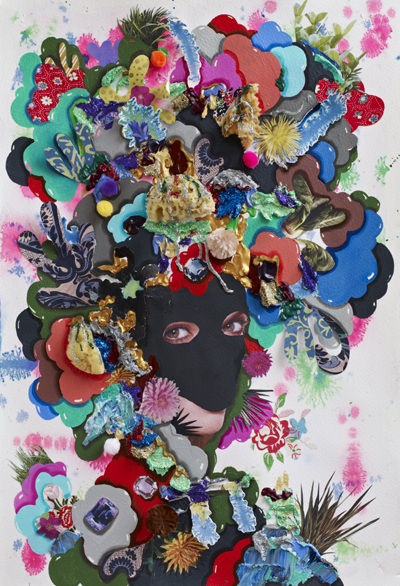
_______________________________________________________________
Alicia paz, L'Eloqunte, 2011, mixed media on paper
_______________________________________________________________ 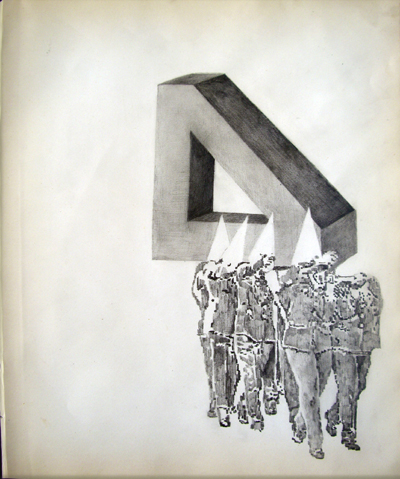
_______________________________________________________________
Marisol Malatesta, Untitled, 2011, pencil on Victorian vinage paper
_______________________________________________________________ 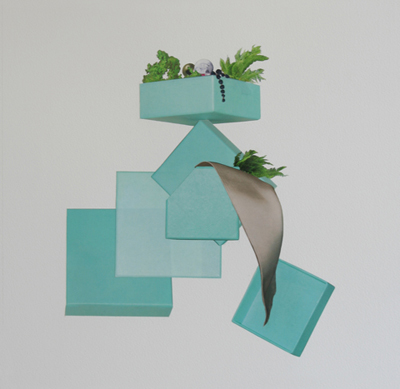
_______________________________________________________________
Lizi Sanchez, White Pearl in Equilibrium, 2008, collage on paper
_______________________________________________________________
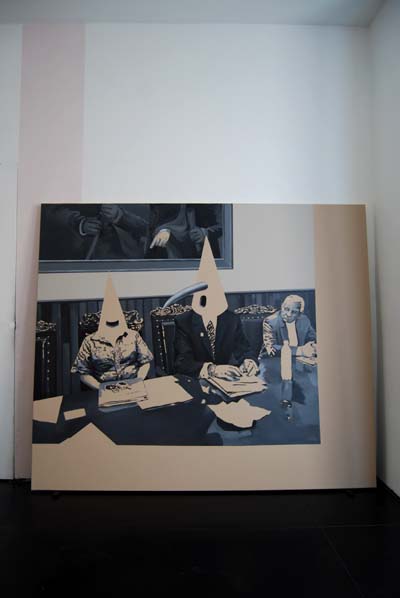
_______________________________________________________________
Through the Looking Glass, Installation View ( Malatesta), 2012, oil on canvas
_______________________________________________________________
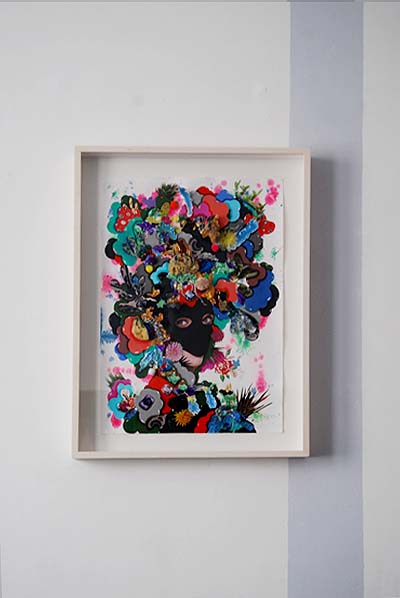
_______________________________________________________________
Through the Looking Glass, Installation View ( Paz) 2012, mixed media on paper
_______________________________________________________________ 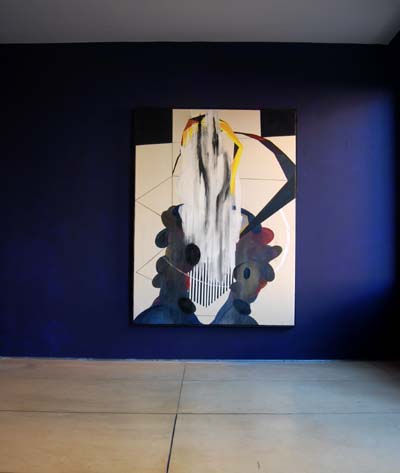
_______________________________________________________________
Doris A.Day, Untitled, 2012, acrylic,oil qnd pencil on canvas
_______________________________________________________________
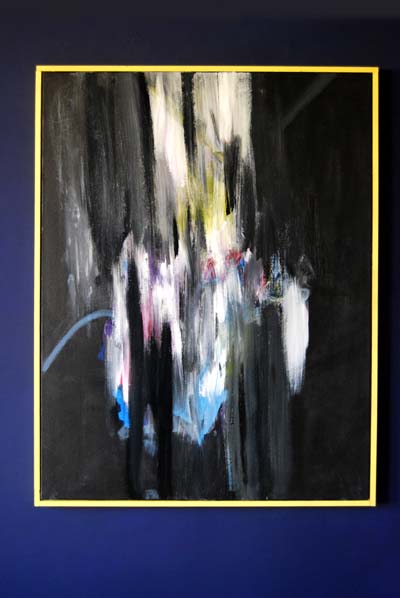
_______________________________________________________________
Doris A.Day, Yellow Mama, 2012, acrylic,oil and pencil on canvas
_______________________________________________________________
|
__________________________________________
Through The Looking Glass, Gallery 1
Marisol Malatesta, Alicia Paz, Lizi Sanchez
Doris A.Day, Gallery 2
_______________________________________
The Agency is pleased to present the group exhibition featuring
Alicia Paz (Mexico), Marisol Malatesta (Peru) andLizi Sánchez (Peru).
“Through the Looking Glass” seeks to re•evaluate the
prevalence of the Surrealist canon withinLatin•American practice.
In a ‘wunderkammer’•type setting the show examines the
works’ cultural alienation andalignment as well as the female gaze.
With all three artists currently working in Europe the re•contextualisation
ofmodernist practice is crucial for contemporary practice. Beyond the
European modern legacy, however, there isthe strong and established presence
of surrealism in Latin•American art from the late Nineteen Forties
and Fifties,with Roberto Matta Echaurren/ Matta, Wilfredo Lam and the
Mexican women artists Remedios Varo, María
Izquierdo and Frida Kahlo. The works presented in ‘Through the Looking
Glass’ oscillate between actual heritageand diasporic viewpoints
of cultural iconography. The title of the show, with its reference to
Lewis Carroll’s book,suggests the possibility of two simultaneous
realities, with the alternate reality being just as accessible.
Alicia Paz’ most recent 3D collages on paper with
their carnavalesque opulence and the ‘quotation‘ of Venetianmasquerade
and Disney style Latin American stereotype both challenge the boundaries
of ‘abject’ representationand by the same token flirt with
fashionable exaggeration. They further refer to the heritage of the Mexicanfemale
auto•portrait in the works of Izquierdo and Kahlo respectively,
albeit from a post•consumerist perspective. The self•portrait’s
authenticity has been replaced by the fashion photo cipher of the perfect
face and yet isquestioned by the artist’s ‘automatic’
assemblage, which masks the masque.
Lizi Sanchez also utilises fashionmagazines as her basis
material, a nod to the comforting ubiquity of a global fashion brand such
as Vogue and works
them into formalist collages. The works point away from consumption and
to a more internal world of intricateemotiveness and dreamlike states.
Formalist rigour is replaced by associative play in the manner of a game
of
‘Cadavre Exquis’ played solo.
Marisol Malatesta on the other hand relies on the manifestation
of externallyauthenticated reality in current newspaper imagery, taking
her cue from harsh interrogation photographs, documentsof war negotiation
and atrocities. Her drawings present the alternate reality of a more visceral
interpretation with the dunce and the iconography of inquisition rendering
factual representations dreamlike but not remote, much in themanner that
Alice is aware of one timeline and another yet is not able to exact a
passage between both.
The exhibition ‘Through the Looking Glass ‘does
not postulate a feminist or Latin American gaze but rather seeks to diffuse
or obfuscate gaze itself,since a globally informed or a widely travelled
gaze is a kaleidoscopic spread of many viewpoints.
_______________________________________________________
Doris A.Day, A Project of Anxiety Gallery2
The Agency is pleased to present Londoner Doris A. Day
(born 1982) with his second solo exhibition. After a successful debut
show Day chose to withdraw into his studio to embark on a series of studies
with the aim of capturing the spirit of Francis Bacon’s iconic “Screaming
Pope”. Baconhimself described the ‘Pope’ as an incomplete
work, one, for which he created studies throughout the Nineteen Fifties
and Sixties. It was thisprocess, which led to Day experimenting almost
performatively on finding an essence of the ‘Pope’, which
would be authentic to him. The works do not aspire to copy or supercede,
but to extract an essential gesture from the Bacon Studies, simply leading
to a further set of studies. The emphasis for Day is not on completeness
but on continuance, an almost obsessive and haunting process of retracing
a motive mechanically and mentally until it separates from the original
enough to be a thing unto itself and yet bears close resemblance. The
balance between these two poles is one of discomfort and precariousness.
Day sets himself up to be the tightrope walker, tackling an impossibly
huge subject matter. But somehow he succeeds, since the discomfort of
the incomplete canvas becomes the image in itself. Bacon’s studies
for Pope Innocence X were his attempt to comeclose to the essence of Velázquez’
1650 portrait. Bacon painted over 45 versions of Velázquez’
work, without looking at the original which influenceda large proportion
of his oeuvre. For Bacon it was a new approach to a representational truth,
which he in turn had taken on from Picasso’s re•working of
works by Grunewald and Velázquez for example.
For Doris Day the re•iteration without the use of copies or projected
images has become a Zen exercise of finding a truth in the constant re•enactment
itself without the aim of arriving at the ultimate image. The five works
presented are a selection of his continuing variations on thesubject.
Installed as a coherent group on coloured walls they present a clear stylistic
direction with a common departure point.
|
 |